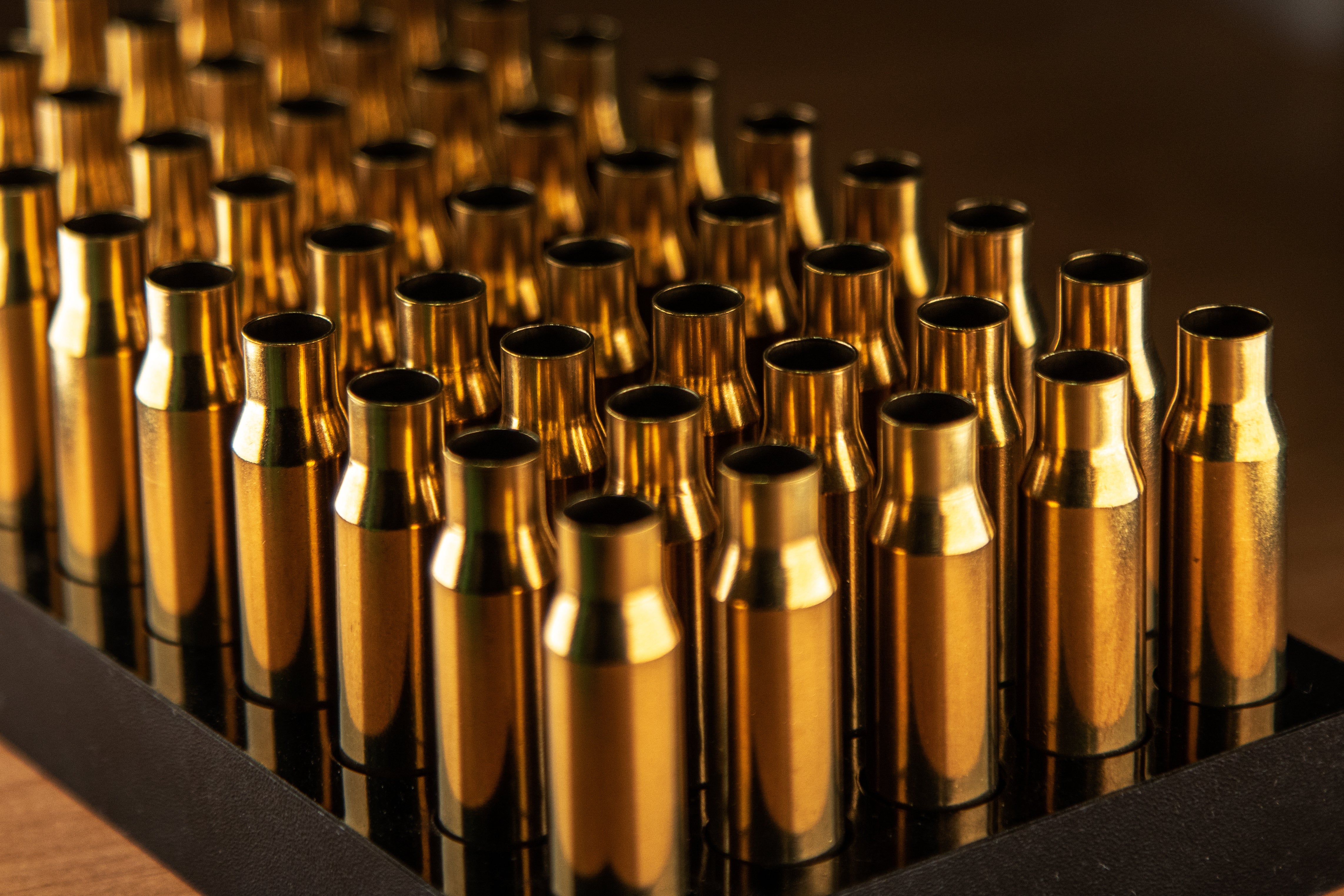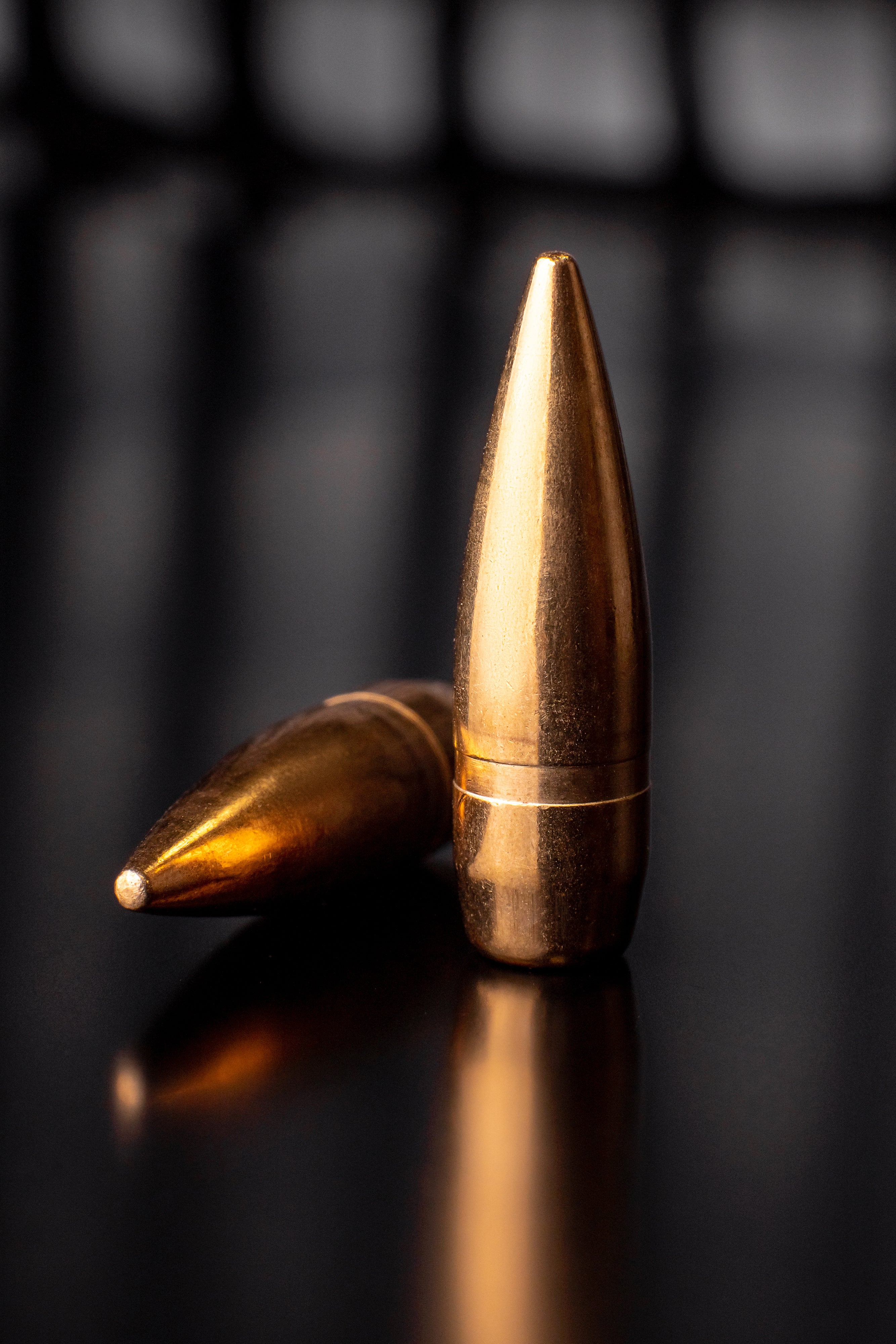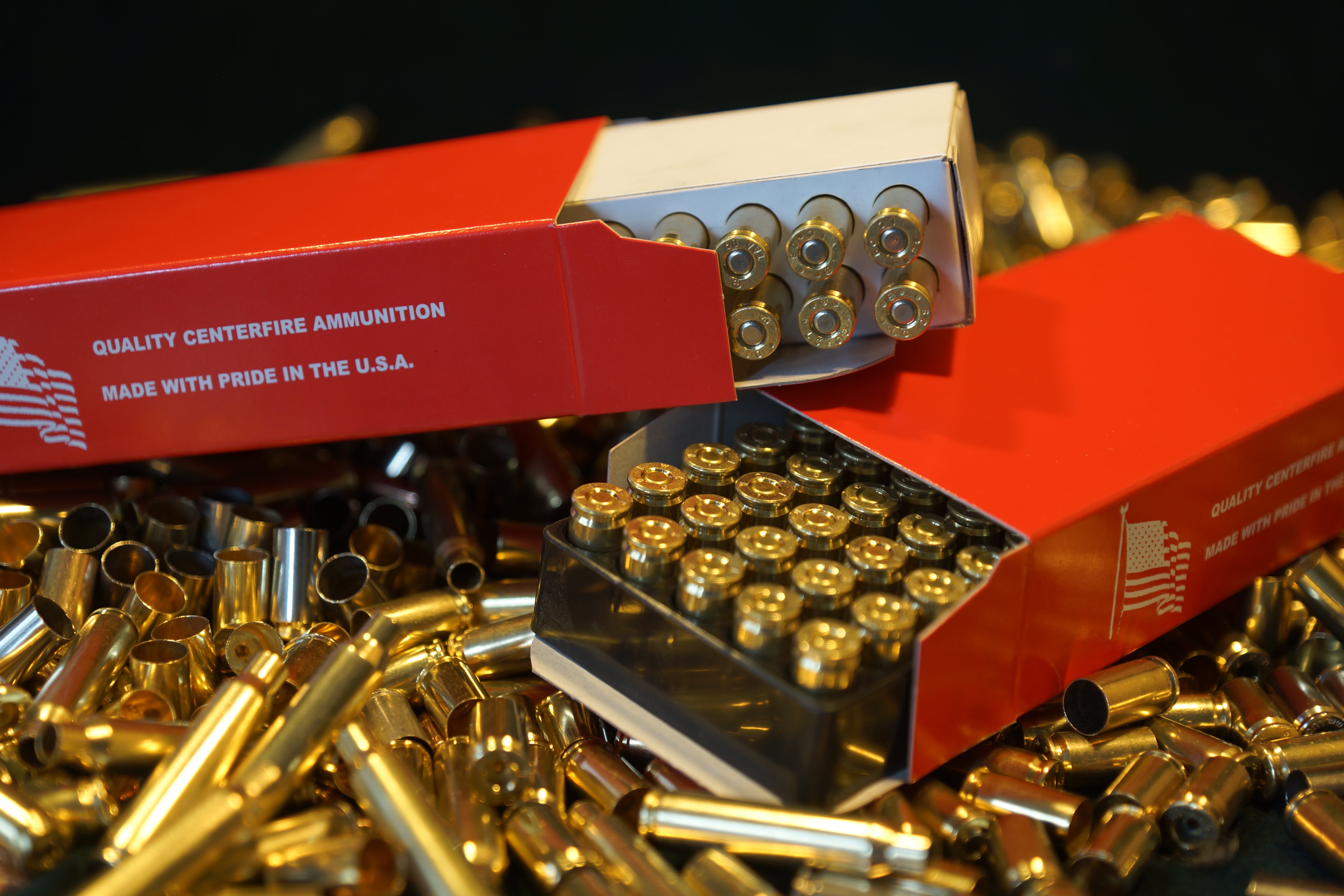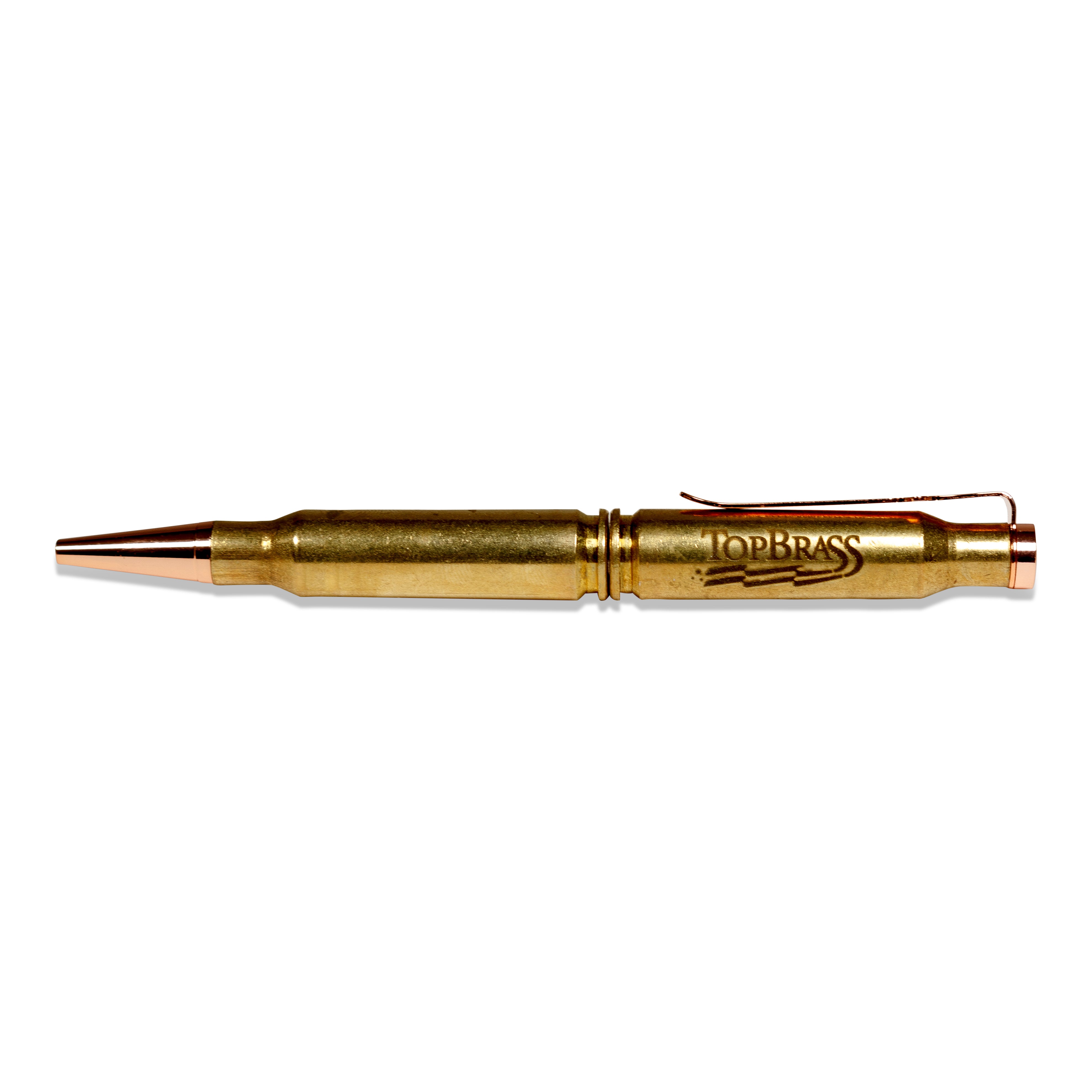Menu

.50 BMG
The .50 BMG is a cartridge developed for the Browning .50 caliber machine gun in the late 1910s. Entering service officially in 1921, the round is based on a greatly scaled-up .30-06 cartridge. Under STANAG 4383, it is a standard cartridge for NATO forces as well as many non-NATO countries. The cartridge itself has been made in many variants: multiple generations of regular ball, tracer, armor-piercing (AP), incendiary, and saboted sub-caliber rounds. The rounds intended for machine guns are linked using metallic links.
The .50 BMG cartridge is also used in long-range target and anti-materiel rifles, as well as other .50-caliber machine guns.
A wide variety of ammunition is available, and the availability of match grade ammunition has increased the usefulness of .50 caliber rifles by allowing more accurate fire than lower quality rounds
Price
$0
$187
Availability
Color
Pack Quantity
Product type
- Choosing a selection results in a full page refresh.




